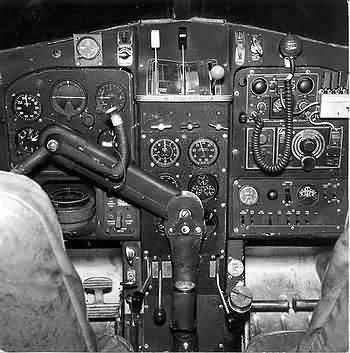|

de Havilland DHC 2 Beaver performance and specifications

Some of the worst flying
conditions found anywhere in the world exist over the densely forested
terrain of the Canadian North Woods. In addition to being subjected to
long, blizzard-filled winters, the millions of square miles that stretch
between the Labrador Sea and the North Pacific Ocean above the 50th
parallel are sparsely populated, and modern airfields are few and far
between. In fact, were it not for the uncounted thousands of lakes that
dot the Canadian North, air travel within that vast region would be all
but impossible, for there is nowhere else to land.
It takes an exceptionally rugged aircraft to operate
safely and reliably in the Canadian bush. One such airplane is the de
Havilland DHC-2 Beaver, a single-engine high-wing monoplane.
The versatile all-metal Beaver made its inaugural
flight in August of 1947, and since that time more than 1,650 have been
constructed. Nearly 1,000 of this total were sent to the United States for
the use of military services.
The Beaver, which was designed only after consultation
with some 80 veteran Canadian bush pilots, is a true STOL (short takeoff
and landing) aircraft. It features a high-lift wing with its entire
trailing edge hinged, hydraulically operated flaps and slotted ailerons.
These special features permit the aircraft to take off and land in
extremely short distances.
Another outstanding advantage of the Beaver is its
ability to operate equally well on wheels, skis, floats or as an
amphibian. Thus, the plane has the capability of flying anywhere there is
smooth land, water, snow or ice.
The Beaver can carry a crew of two, plus six passengers
or more than 1,500 pounds of cargo. Powered by a 450-horsepower,
nine-cylinder air-cooled radial Pratt & Whitney Wasp Junior engine, the
Beaver has a maximum speed of 180 miles per hour as a landplane and 155
miles per hour as a seaplane. The plane has a wingspan of 48 feet and
measures just over 30 feet in length. Its maximum range is 800 miles.
Aviation experts consider the de Havilland DHC-2 Beaver
to be one of the most perfectly designed small utility aircraft ever
built, and a great number of them remain in service today in many parts of
the world.

Specifications
(DHC-2)
General Characteristics
Crew: one pilot
Capacity: 7 passengers
Length: 9.22 m (30 ft 3 in)
Wingspan: 14.63 m (48 ft 0 in)
Height: 2.74 m (9 ft 0 in)
Wing area: 250 ft² (23.2 m²)
Empty: 3,000 lb (1,360 kg)
Loaded: 5,100 lb (2,310 kg)
Useful load: 2,100 lb (950 kg)
Powerplant: 1 Pratt & Whitney R-985 Wasp Jr. radial engine, 450 hp (335
kW)
Performance
Maximum speed: 255 km/h (158 mph)
Range: 732 km (455 miles)
Service ceiling: 18,000 ft (5,500 m)
Rate of climb: 1,020 ft/min (5.2 m/s)
|
